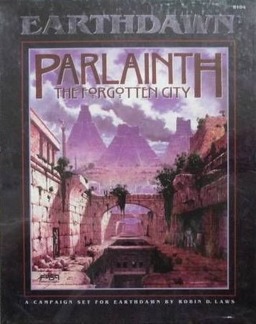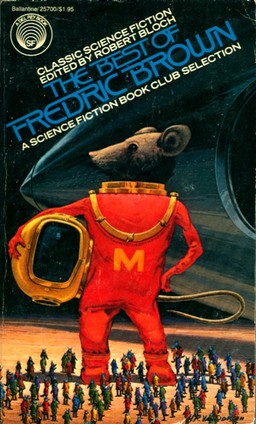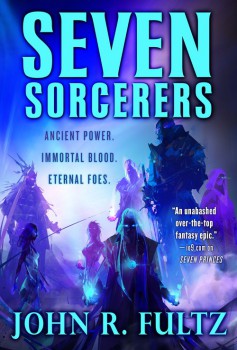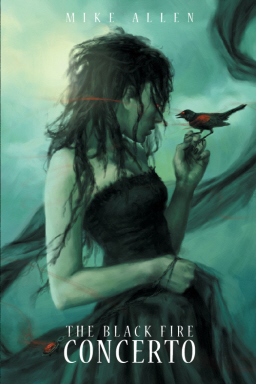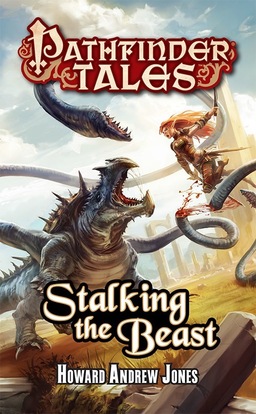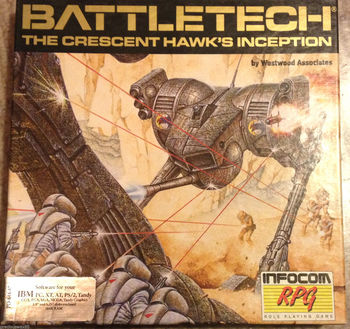Sherlock Holmes Tiptoes into the Public Domain
 An American judge has ruled that Sherlock Holmes is in the Public Domain.
An American judge has ruled that Sherlock Holmes is in the Public Domain.
Say what? If you’re like me, you’ve had some trouble wrapping your head around the fact that Arthur Conan Doyle’s famous detective wasn’t already in the public domain. His first appearance, in the short novel A Study in Scarlet, was in 1887, and he appeared in a total of four novels and 56 short stories between then and 1927. To my mind that’s the pre-pulp era, roughly contemporary with the Old Testament and the Dead Sea Scrolls.
Let’s review. If most of Robert E. Howard Conan tales, published between 1932 -1936, are in the public domain — and in fact, virtually all literary works published before January 1, 1923 are no longer covered by United States copyright law — what’s the deal with Sherlock Holmes?
Well. Near as I understand it, the Conan Doyle Estate bases their claim on the fact that the last Holmes story was published in 1927, and the characters of Sherlock Holmes, Dr. Watson, Irene Adler, etc. were not truly completed until then. The Estate has challenged any production that tried to make use of the characters — and indeed, popular TV series like the BBC’s Sherlock, and CBS’s Elementary, have paid a license.
